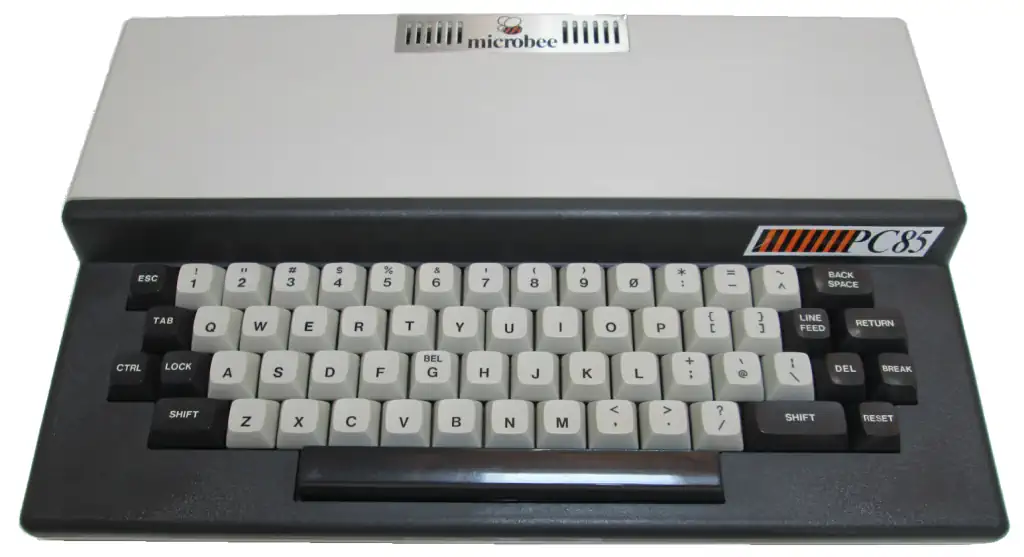MicroBee Personal Communicator PC-85
In 1985, MicroBee Systems introduced the MicroBee PC85, an 8-bit personal computer designed to cater to educational needs and individual computing enthusiasts. Based on the earlier version of the Microbee, the SBC, this computer was fueled by a Zilog Z80A CPU and offered 64 KB or 128 KB of RAM. The PC85 found its place in the Australian computing landscape as a versatile and accessible system. Boasting a 512x240 pixel monochrome display and basic audio capabilities, it struck a balance between functionality and affordability.
Equipped with expansion ports and optional dual 5.25-inch floppy disk drives, the PC85 was not only a tool for learning programming with its built-in BASIC interpreter but also a platform for educational and productivity software. Its full-stroke keyboard and numeric keypad added to the user-friendly interface. While it might not have achieved international recognition, the MicroBee PC85 became a staple in Australian schools, leaving a lasting legacy as a platform that contributed to the early development of computer literacy among students.
As technology advanced, the MicroBee PC85, along with its predecessors, faced discontinuation. Nevertheless, it remains a nostalgic symbol for those who experienced the era of 8-bit computing in Australia. Its contribution to education and its unique design mark the MicroBee PC85 as a noteworthy chapter in the history of personal computing, showcasing how a compact and accessible system played a vital role in shaping the early days of computing in the land Down Under.
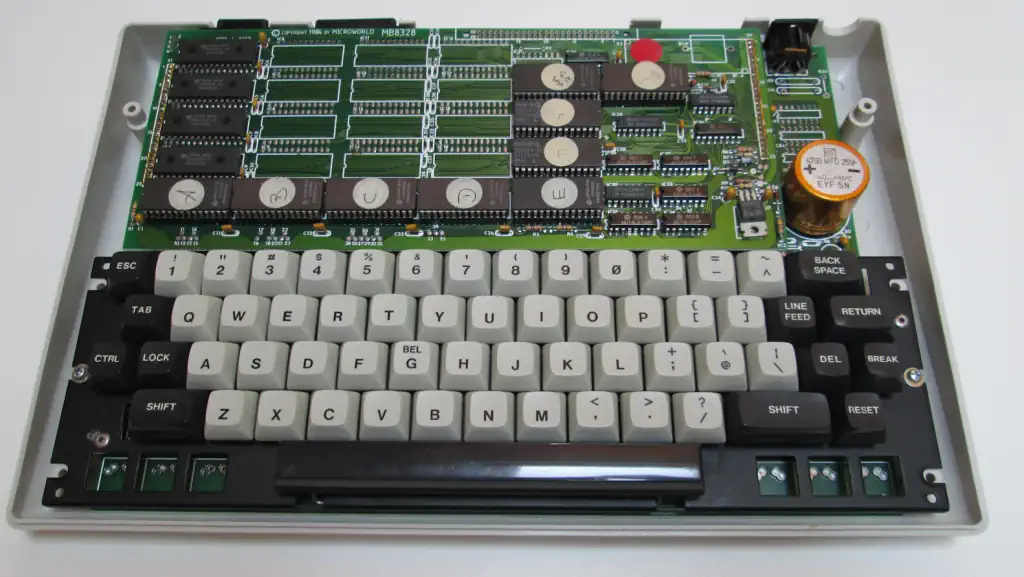
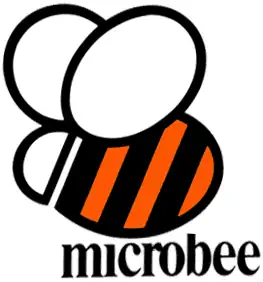
CPU View - Zilog Z80 Family
The Z80 quickly became popular in the personal computer market, with many early personal computers, such as the TRS-80 and Sinclair ZX80, using the Z80 as their central processing unit (CPU). It was also widely used in home computers, such as the MSX range, SORD, and the Amstrad CPC, as well as in many arcade games. Additionally, it was also used in other applications such as industrial control systems, and embedded systems. The Z80 was widely used until the mid-1980s, when it was gradually replaced by newer microprocessors such as the Intel 80286 and the Motorola 68000.
The Z80 microprocessor was developed by Zilog, a company founded by Federico Faggin in 1974. The Z80 was released in July 1976, as a successor to the Intel 8080. It was designed to be fully compatible with the 8080, but also included new features such as an improved instruction set, more powerful interrupts, and a more sophisticated memory management system.
The Z80 quickly became popular in the personal computer
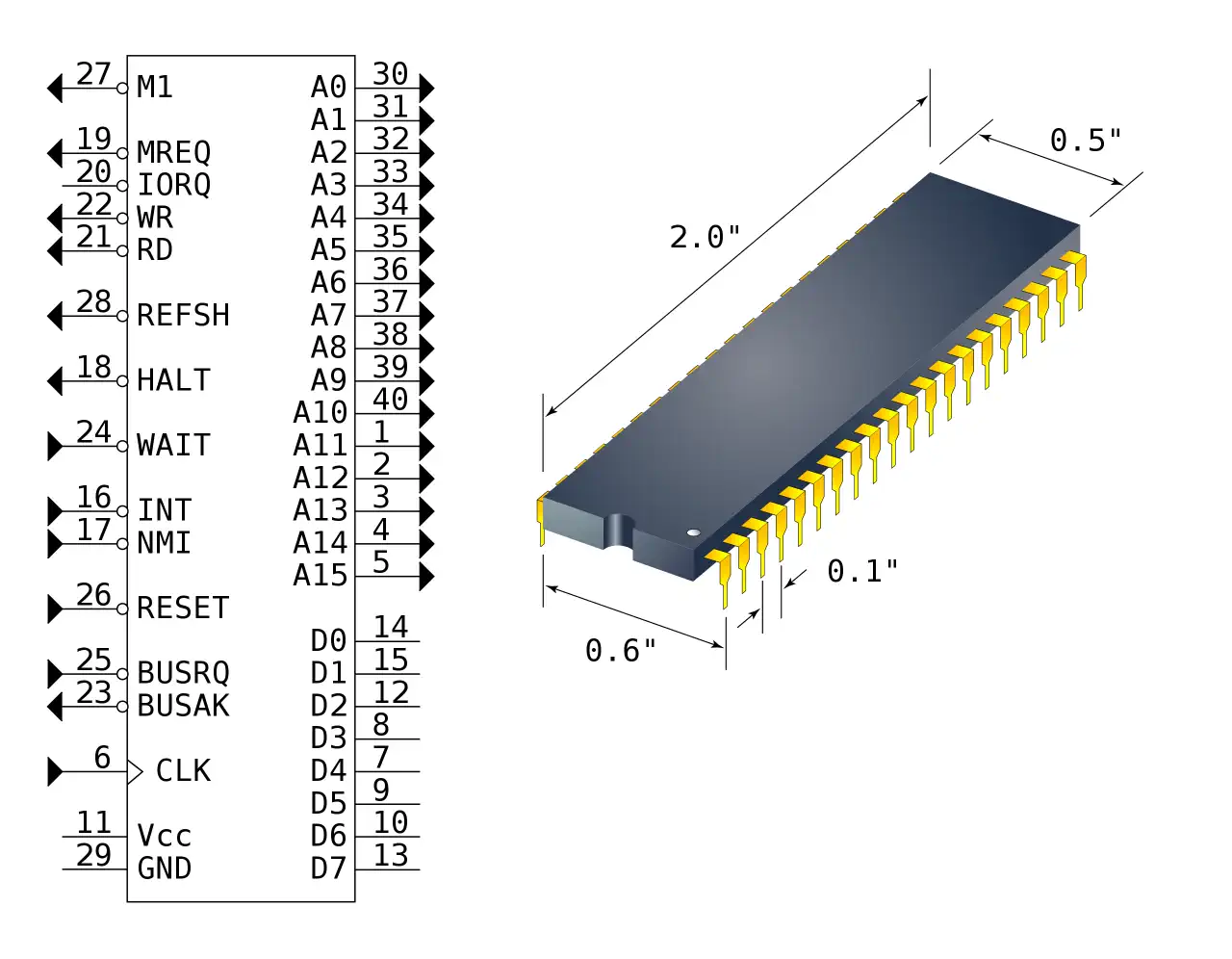
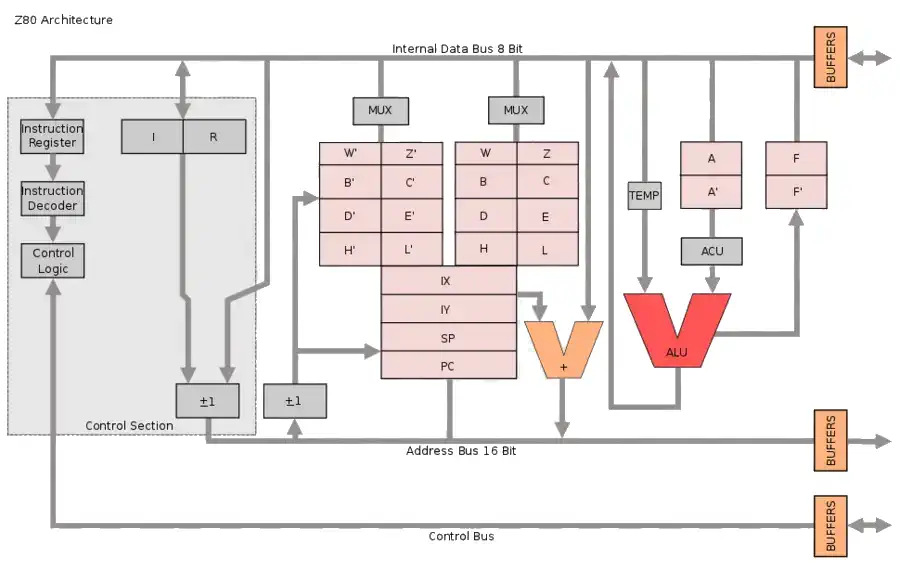
RAM max: 48kB
ROM: 8kB
VRAM: 16kB Sound Chip none Sound Mono sound, 2 octaves Display Chip MW6545 User Programmable VDU Display 512x256 Best Text 64x16 Graphics 512x256 Sprites none System OS DGOS/MicroWorld BASIC Storage Networked
